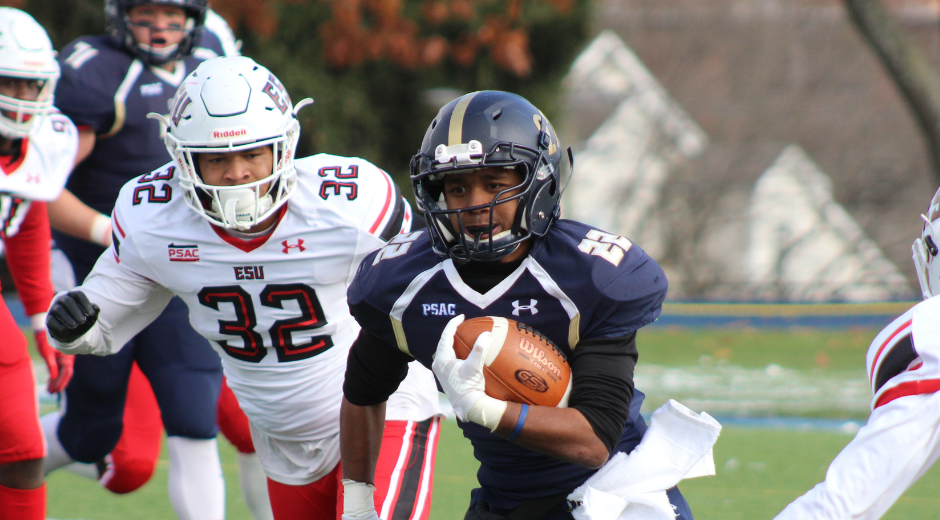SHOALS PRIMARY CARE ARTICLES
Don't Lose Your Helmet!

Over the past 2 decades, the rate of concussion in American high school football demonstrated an alarming upward trend. Concussion have been referred as a “silent epidemic”. While associated problems are often not visible, they may lead to profound consequences, including long term mental, physical or occupational sequelae. While the number of skull fractures has dramatically declined with modern helmet design, concussion have persisted at concerning rates.
The National High School Sports-Related Injury Surveillance system (HS RIO) analyzed first-time concussions sustained during participation in high school football for 9 seasons from 2005-06 to 2013-14 nationwide. Each concussion report documented concussion symptoms and helmet characteristics, including whether the athletic trainer (AT) believed the helmet fit correctly at the time of injury and type of inner helmet liner.
4580 concussions sustained over 9 seasons were analyzed. When separated into groups above or below mean values (age, height, weight) there was no difference in numbers of symptoms according to age or weight but players taller than 70 inches had more severe concussions than shorter players.
Data regarding helmet fit were included in 3172 reports. Athletic trainers reported that 101 helmets did not fit properly and 3070 did. Athletes with helmets that did not fit properly had greater rates of drowsiness, irritability and sensitivity to noise as well as more symptoms in average. Also, they experience symptoms for longer than 1 week more often than players with properly fitted helmets.
The helmet liners were also compared either with an interior air bladder lining or helmets lined with either a foam or gel. Players that had a concussion while wearing helmets with an air bladder had more sensitivity to light or to noise. Athletes with a gel or foam helmet liner had greater rates of loss of consciousness and drowsiness. Somehow the air lined helmets protect more with regular concussions but don’t make a difference with higher energy collisions.
Newer helmets with additional thick padding over the cheek bone and mandible improves the helmet fit and helps prevent concussion in high school football. With a proper fitted helmet head and neck acts together as a single unit. But, if the helmet is not secured properly the head acts as a separate unit, the neck muscles may not be able to dampen the forces. Especially rotational forces, which are then transmitted from the helmet to the brain. A loose helmet also may delay the cervical muscle contraction response to an impact since the direction of the force to resist may not be detected until it reaches the head.
Maintaining a properly fitted helmet throughout the season is challenging because of mismatches between helmet size and athlete’s head. Helmet fit can also vary when players sweat or play in rainy conditions. Additionally, high school players may dramatically alter their hair styles (e.g. Shaving their heads) or what they wear under a helmet (e.g. adding internal layers of clothing for warm) over the course of the season. Last, air bladder systems may leak, resulting in insufficient inflation.
According to rules published by the NFHS, no supervising individual is specifically responsible for ensuring proper helmet fit prior to athlete participation. Prior to each game, coaches are required to verify that all athletes are wearing a helmet that meets NOCSAE standards and all helmets have an exterior warning label. This label mentions avoidable causes and risks of head and neck injuries but not mention helmet fit.
It is often the responsibility of the athlete to recheck helmet fit, inflate a loose air bladder during the season, or bring problems with helmet fit to the attention of team officials.
The 2012 NFHS Helmet Rule mandates that any player with a helmet completely dislodged must leave the game for 1 play and adjust their helmet. Unfortunately, did not adequately addressed this problem since concussions were of greater severity after the 2012 rule change, and frequency with which symptoms lasted more than 1 week increased.
The NFHS helmet rule does not force athletes to adjust their helmets until after they have sustained a potentially major impact. Thus, supervisors of high school football teams should mandate that coaches, AT’s, or equipment managers verify adequate helmet fit among all players prior and throughout the football season.

